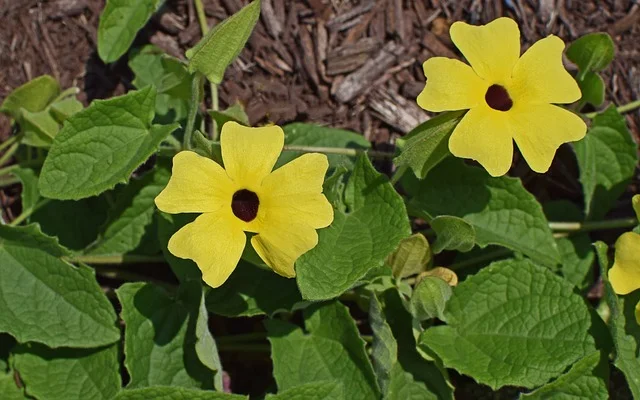Choosing Native Plants for Your Fine Garden in the USA in 2024
Native plants are adapted to the local climate and soil, making them more resilient to pests and weather changes. They often require less maintenance and water, contributing to a more sustainable garden.

Are you looking to create a beautiful, low-maintenance garden that thrives year-round? Choosing native plants could be the key to a flourishing and sustainable garden. Native plants are naturally adapted to the local climate, soil, and wildlife, making them a perfect choice for gardeners across the United States. Here’s why you should consider going native and how to make the best plant selections for your garden!
Why Choose Native Plants?
- Low Maintenance
Native plants are naturally equipped to handle the local conditions, which means they require less watering, fertilizing, and pest control. This makes gardening easier and more eco-friendly! - Support Local Wildlife
Native plants provide food and shelter for local pollinators, birds, and beneficial insects. By incorporating these plants into your garden, you help create a thriving ecosystem that supports biodiversity. - Resilience to Local Climate
Since native plants are adapted to the region’s weather patterns, they can withstand droughts, heat, cold, and heavy rainfall better than non-native species. This resilience ensures your garden stays lush and vibrant, no matter the season.

How to Choose the Right Native Plants for Your Garden
- Know Your Hardiness Zone
The first step in choosing the right native plants is to identify your USDA Hardiness Zone. This will give you a good idea of which plants can survive the winter in your area. The USA has diverse climates, so it’s important to select plants suited to your specific zone. - Assess Your Garden Conditions
Take note of your garden’s soil type, sunlight, and moisture levels. Is your garden soil sandy, loamy, or clay-heavy? Does it get full sun, partial shade, or mostly shade? Understanding your garden’s conditions helps you select native plants that will thrive. - Research Local Plant Varieties
Research plants that are native to your region. Here are some examples of native plants from different parts of the USA to get you started:- Northeast: Eastern Red Columbine, New England Aster, and Black-eyed Susan.
- Midwest: Purple Coneflower, Little Bluestem, and Butterfly Milkweed.
- Southeast: Coral Honeysuckle, American Beautyberry, and Sweetshrub.
- Southwest: Desert Marigold, Penstemon, and Texas Sage.
- West Coast: California Poppy, Western Sword Fern, and Douglas Iris.
- Consider Seasonal Interest
Choose a variety of native plants that bloom at different times of the year to maintain visual interest in your garden. For instance, spring-blooming wildflowers can be complemented with summer-blooming perennials and fall-foliage plants. - Visit Local Nurseries and Botanical Gardens
Check out local nurseries and botanical gardens specializing in native plants. Staff at these locations can provide expert advice on the best plant selections for your area and garden conditions. - Mix It Up
Create a layered garden by mixing ground covers, perennials, shrubs, and trees. A diverse mix not only adds texture and color to your garden but also benefits the local ecosystem by offering various habitats for wildlife.

Native Plants to Try in Your Garden
- Echinacea (Purple Coneflower): A hardy perennial that attracts pollinators like bees and butterflies.
- Asclepias (Milkweed): Essential for monarch butterflies, milkweed adds vibrant colors to any garden.
- Rudbeckia (Black-eyed Susan): These cheerful, golden-yellow flowers are drought-tolerant and great for attracting birds.
- Gaillardia (Blanket Flower): With its striking red and yellow blooms, this plant adds a pop of color and thrives in sunny, dry spots.
Start Your Native Garden Today!
Choosing native plants is a smart and rewarding way to create a beautiful, sustainable garden. By selecting plants that naturally belong in your region, you’ll enjoy a garden that requires less work, supports local wildlife, and withstands the test of time. So, get out there and explore the native plant options in your area. Your garden—and the environment—will thank you!
Happy gardening!
This post educates readers on the benefits of native plants and provides practical advice on selecting and integrating


Leave a Reply